 |
| Spiga-what-the-who-now? The wavy leaved stuff is the spigarello. The flowers are arugula. |
Mrs. Homegrown here:
Spigarello, more properly called Cavolo Broccolo a Getti di Napoli, is a leafy green that tastes a lot like broccoli. But unlike broccoli, you eat the leaves instead of the flowers.
Unlike many of the “exotic” Italian greens we grow, this one is not bitter, and probably will pass muster with those who are fussy about vegetables. To me, it tastes like broccoli, but better. A little like broccoli sprouts. Or a cross between broccoli and kale. Let’s just put it this way–I fell in love with it the first time I took a bite of it a Winnetka Farms. The texture of the leaves is sturdy but tender.
It’s very easy to grow. If you don’t give in to temptation and eat it prematurely, each seedling will grow into a big, sturdy plant. I think of them as broccoli trees. You harvest the leaves as you need them, leaving the plant intact to generate more leaves. Eventually it produces tiny white flowers the bees love.
We’ve never had any luck growing regular broccoli–I really resent fighting off aphids and cabbage worms for months, all for the privilege of harvesting one lousy head somewhere down the line. For that reason, we’ve always grown broccoli rabe instead, and I like that too, but rabe has a more aggressive flavor than either broccoli or spigarello, while spigarello has that true broccoli mildness.
We’ve been growing this as a winter crop in our southern California climate (I believe we planted the seeds back in November, and it’s still going strong). Fundamentally, Spigarello is a cool season vegetable that can take some frost. That means it’s suited to be a spring or fall crop in 4-season climates. All in, in deciding how and when and where to plant it, I’d just pretend it was kale.
Our source for seeds was our friends at Winnetka Farms who sell heirloom Italian vegetable seeds at gardenedibles.com. They are out of stock right now, but will have more in the fall.
Update 4/2/13: Our friends no longer sell this, but you can get Cavolo Broccolo Spigariello Foglio Liscia at Seeds from Italy (growitalian.com).
_________________________________________
- Interesting side note from Mr. Homegrown: Sources I’ve come across cite spigarello as a kind of primitive ancestor vegetable of either broccoli or broccoli rabe.
- Translation request: Do any Italian-speaking readers want to help us with the translation of the full Italian name? We’re thinking it might be something like “Jetting Cabbage Broccoli from Naples”–but we could be very wrong about the getti.

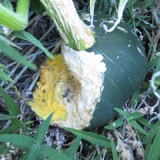
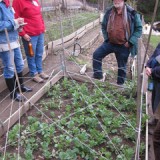
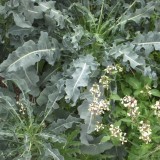
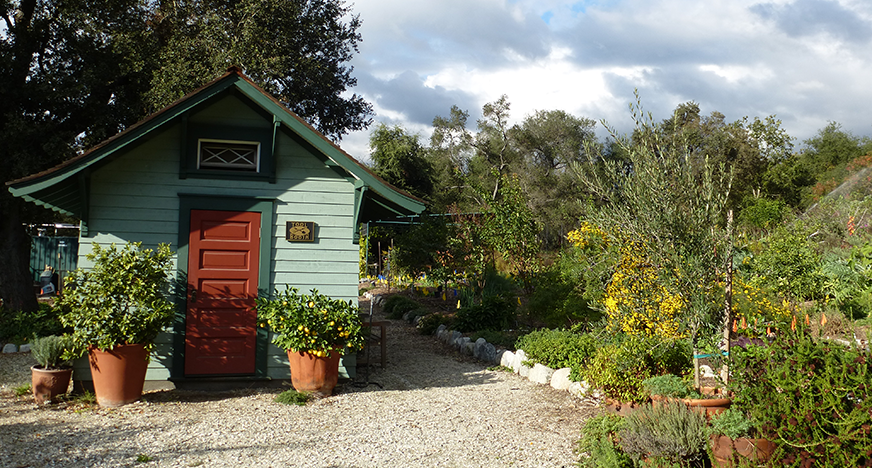
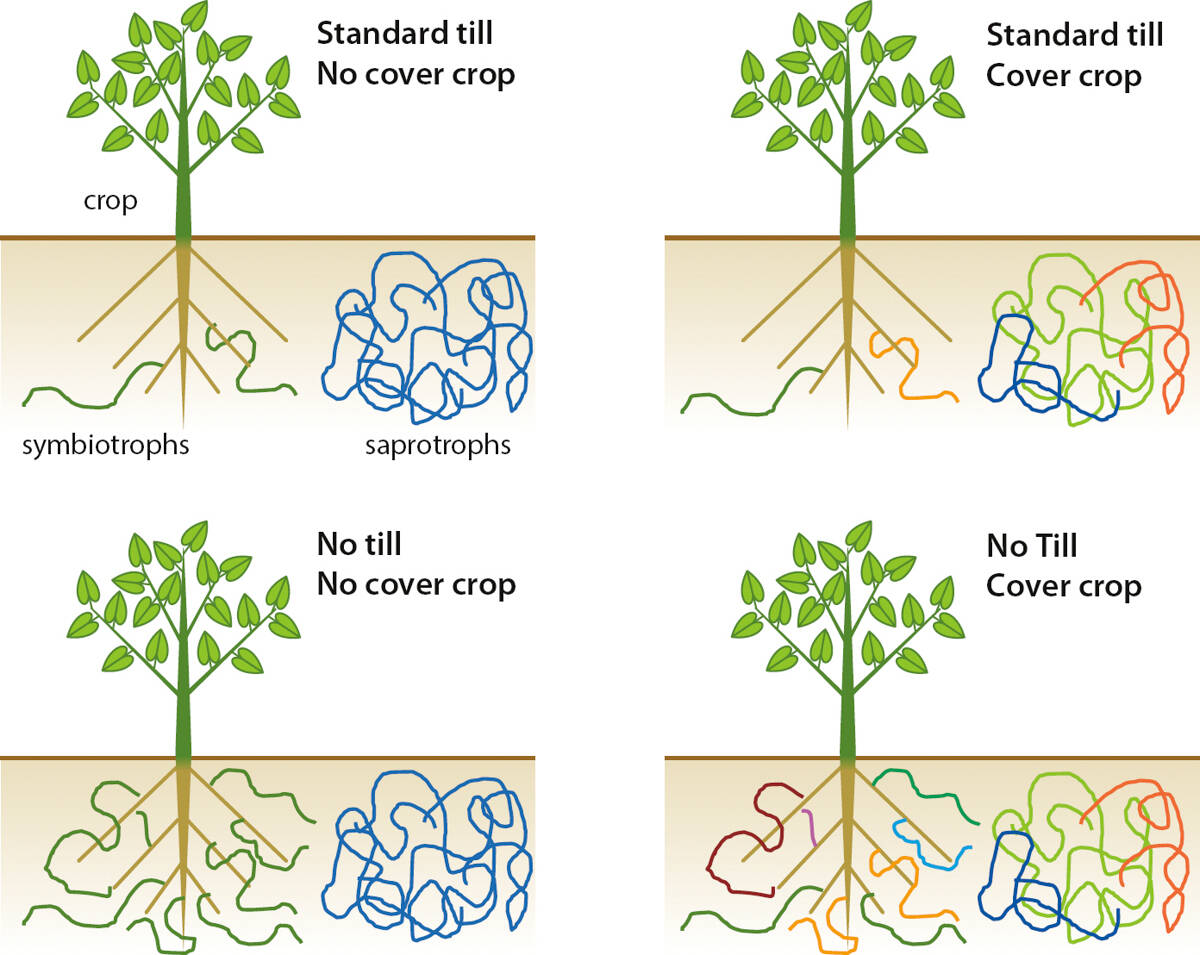
I’m not fluent in Italian, but I do know that our word ghetto comes from the Italian for jet – the kind of jet you would find in an early “industrial” district. More like bellows or pipes. Not a particularly nice part of town to live in, thus the ghetto as we know/term it. But note the H in ghetto. That means it’s distinct from getti. If there were an H in the name of the plant, it could mean that it’s from the ghettos of Naples. Could the lack of H be a typo? I suppose it’s also possible that the words are the same, just from different dialects of Italian. If not, then someone else will need to translate.
The word ghetto does not come from the word for jet. It’s from the 17th century.
The origin story:
GHETTO: Italian, from Venetian dialect. Ghèto island where Jews were forced to live, literally, foundry (located on the island), from ghetàr to cast, from Latin jactare to throw
Sounds great! I really dislike growing broccoli for the same reasons. We tried broccoli raab but I did not like the flavor. This seems like a great alternative. Thanks 🙂
I’ve never heard of Spigarello but am interested since I also grew tired of fighting bugs on my broccoli. I’m wondering how you cook it (or do you eat it raw?). Cut the leaves near the stem and steam the leaves whole? Cut into pieces and steam? What’s the texture like after cooking?
“But unlike broccoli, you eat the leaves instead of the flowers.”
You don’t eat the broccoli’s leaves as well?
aarha! i think ive tried this..a few years ago i worked on an organic vege market garden of 40 acres, we grew cavalo nero, russian kale, curly kale, brocoli, kohl rabi amongst other things. we had a few unknown plants randomly growing amongst the kales, this looks like it and it did indeed taste like a sweet brocoli, i would munch on it raw as we worked. it was very nice. we harvested it and sent it off to a shop, we got about 50kgs of it from random plants and just called it kale as we didnt know.
I will look for that next fall! Thanks for suggesting it. I like stuff that will hang in there all winter long. Do you guys ever get frosts, and does it survive them? That’s one of the things I love about kale- it not only survives, but tastes better after a frost.
I’ve been growing great arugula from saved seed for awhile now. The trick is to get some seed harvested and then pull the rest out, because it will reseed freely and become a weed if you’re not careful. Also the wild variety is more apt to become weedy. I gave some wild seed to my mother and now she’s pulling it up from all. over. the. place!
@Kate: Huh! Interesting. Thanks for the info.
@Charlie It should be cooked–you could eat it raw, as some people eat kale raw, but it’s meant to be cooked. And it can be cooked like any other green, as you’d use kale or chard. It’s fairly firm, but not tough or stringy.
@Anon: Well, of course you can eat broccoli leaves in addition to the flower head–as well as the stems, which are my favorite part. But around here the broccoli heads are not sold with leaves attached. The point is spigarello is all about the leaves. The stems are not edible, and the flowers very small.
@Paula: We don’t get frosts. I can’t say whether spig would be improved by frost. All I can say is that I’ve heard it is somewhat frost resistant.
BTW, spigarello sounds like a comic character in a Mozart opera. Also, like something I’d enjoy growing and eating. Growing its cousin, piracicaba, for the second time this year. Maybe spigarello next year. Thanks for the heads up.
Well, I’m italian and I disagree with Kate.
Her idea is gorgeous and really logic but it is not correct ( I think )
in this case “getto” (which is the singular of getti) is like “butto” and means ( donno the right word in english ) the leaves sprouting vigorously from the plant. So if jetting means that is is jetting the leaves your translation is ok.
Otherwise i’ll get a dictionary and let you know 🙂
Ciao,
Piero (the one of the alien abducted veggie)
@Piero:
The plant is tall with leaves radiating off of it in layers, so it is sort of shaped like a fountain–ie a jet of water. A jetting of leaves? So that makes sense.
I will give this a try next year. I’ve also been disappointed with broccoli, and tried growing broccoli rabe this year (on your recommendation) but the damn things went to flower before I could harvest them. I may try broccoli rabe again (my own fault they went to flower), but I really like the ease of growing collards and if the spigarello is as easy as it looks it will fall into the same catagory of “always plant it”. Love those tastey greens that are easy to grow! Thanks for the recommendation.
Okay, had to pull out the big guns. The OED asserts that “ghetto” is of uncertain origin, but perhaps from the Italian getto, (which it translates as “foundry”) since the term ghetto was first used for a neighborhood in Venice in 1516, which was on the site of a foundry. I’m pretty sure my original source for the ghetto-jet connection was an LP guidebook for Italy. I’m also pretty sure it was in the Venice section discussing the Jewish ghetto, and that there was an explanation of the jets used in foundries to bring water for tempering metal, and bellows, etc. (Can’t verify this since we purged old travel guidebooks.) Now maybe “getto” is from the Venetian dialect, and not part of modern Italian as Piero says. But if it’s showing up associated with Napoli too, it must have some further use than just Venice. Whatever the origin of ghetto, the OED is clear that getto=foundry in “Italian” though it doesn’t specify which dialect. Personally, I wouldn’t argue with the OED. But I am eager to hear what Piero’s Italian dictionary research shows. Broccoli of the foundries of Naples?
Kate, you’re right, ghetto is actually what you say and, as you could see in your trip to venice, it is usually related to jewish quarter of the city. Jew were forced to live in the ghetto and they were forced to stay there without the permission to exit during the night tiime ( MUCH before world war 2).
But getto is here used in a botanical way, i have no doubt about it, it is just I don’t know the english word to exactly translate it. Gettare is the verb meaning the plant is growing several strong leaves from its roots. Getto is the young leaf coming out, roses are producing a lot of getti….
But once again I have to say your explanation was brilliant!!
If it is of some use this is the french translation:
“Chou fleur brocoli à jets de Naples”
Ok last one:
Coming from gardenerd
“Each year it’s exciting to try growing new things. This fall we planted an Italian broccoli previously unexplored: Cavolo Broccolo a Getti di Napoli
That’s a mouthful. Basically it means that it’s a broccoli from Southern Italy, specifically Naples, that has a sprouting behavior. “Getti” literally means “jets” in Italian. It shoots out little heads of broccoli, but more than that, the leaves are edible!”
Font: http://blog.gardenerd.com/2010/12/16/growing-broccoli—italian-style.aspx
The name should be read as C.B.jetting typ, from Napoli. So the getti here refers to the leafs being ‘jetted’ out. We have a lot of olive trees here and the old one form a lot of what they call here getti. They are branches shooting skywards. Funny detail is that plants like this are fairly regional. Many regions still have their own ‘plants’. That is the same region why one can say there is no real ‘Italian cuisine’, plants grown in the South will hardly be found in the North etc. Chain Supermarkets are doing a good job to eliminate these differences.
Ooo…something new to try. Thanks!
Re: Getti vs. “ghetto” … “Se non e’ vero, e’ ben’ trovato” (If it isn’t true, it’s well-founded.)
As for how we (Napoletani) eat Spurgariel’, aka “zuppa nera” (black soup), my favorite way is to fry it with olive oil & garlic (like rapini), then add chopped tomatoes and creating a tomato-spurgariel’ sauce (c. 20 min.) and serve over spaghetti. Bit of grated parmigiano and lots of bread, and you’re set.
🙂
I can’t find this seed anywhere online. Know of any other sources besides gardenedibles.com?
Nevermind. Found some. I was spelling it wrong.
I don’t think gardendibles dot com exists anymore , or your link is broken.
Fixed. Thanks.
I was given two sweet little packets of seed of this great broccoli in 2012 by Craig when he spoke to the MG class. And will be growing it out this fall. Hearing that you like it is encouraging. Broccoli rabe does not appeal to me.
Seeds are available this year from Johnny’s Selected Seeds. I am growing it for the first time and am excited to try it as I also have experienced major problems with those hideous waxy, grey cabbage aphids on my broccoli, kale, cauliflower and brussels sprouts in our organic garden here in Malibu, Ca.
Pingback: What Will Be the New Kale? | Root Simple
Do you sauté it up like kale?
Indeed.
I believe “getti di Napoli” (assuming a form of the verb “gettare,” to originate, to shoot forth, to sprout), as “stemming” or “originating” from Naples – no doubt a fairly old usage with etymological roots in the idea of sprouting (from) as well as originating (from) – just a guess, but I’m working on a more authoritative guess!
Makes sense–this is probably a very old variety of broccoli.
I think so, a semi-wild or even wild version. I am surprised that there is even-handed spelling as spigarello and spigariello, as if they were interchangeable. This points to it being very old, thus probably twice as healthy as the broccoli and cavalo nero we know as being industrially grown! We are so lucky that people are taking time to grow these heirloom vegetables of unknown derivation!
Pingback: 056 Winnetka Farms Part 1 | Root Simple
I think my head just exploded from trying to parse out the latin and italian names for Spigarello. But I’m excited to try it. Here’s another US source:
http://store.underwoodgardens.com/Spigariello-Broccoli-Brassica-oleracea/productinfo/V1025/
Thanks for the link. And, yeah, it’s super confusing–not much info in English about this veggie.